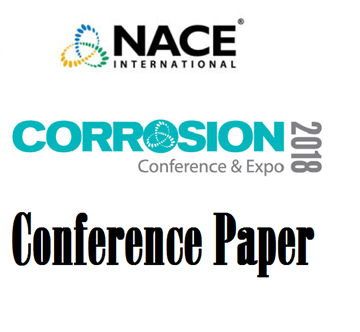Search
Products tagged with 'personnel protection'
View as
Sort by
Display
per page
51318-11419-Polysiloxane based spray-on insulation for higher operating temperatures
Product Number:
51318-11419-SG
Publication Date:
2018
$20.00
A High Performance Thermal Insulative Coating For Personnel Protection
Product Number:
51323-18941-SG
Publication Date:
2023
$20.00
Cutting Edge? ... EH&S Compliance, Controls and Best Practices
Product Number:
51218-110-SG
Publication Date:
2018
$20.00
The thermal properties that influence the performance of insulation coatings used for personnel protection – redefining “Safe Touch”
Product Number:
51323-19531-SG
Publication Date:
2023
$20.00
Waterborne Functional Coatings: Combatting Noise, Heat and Air Pollution
Product Number:
41216-998-SG
Publication Date:
2016
$20.00





